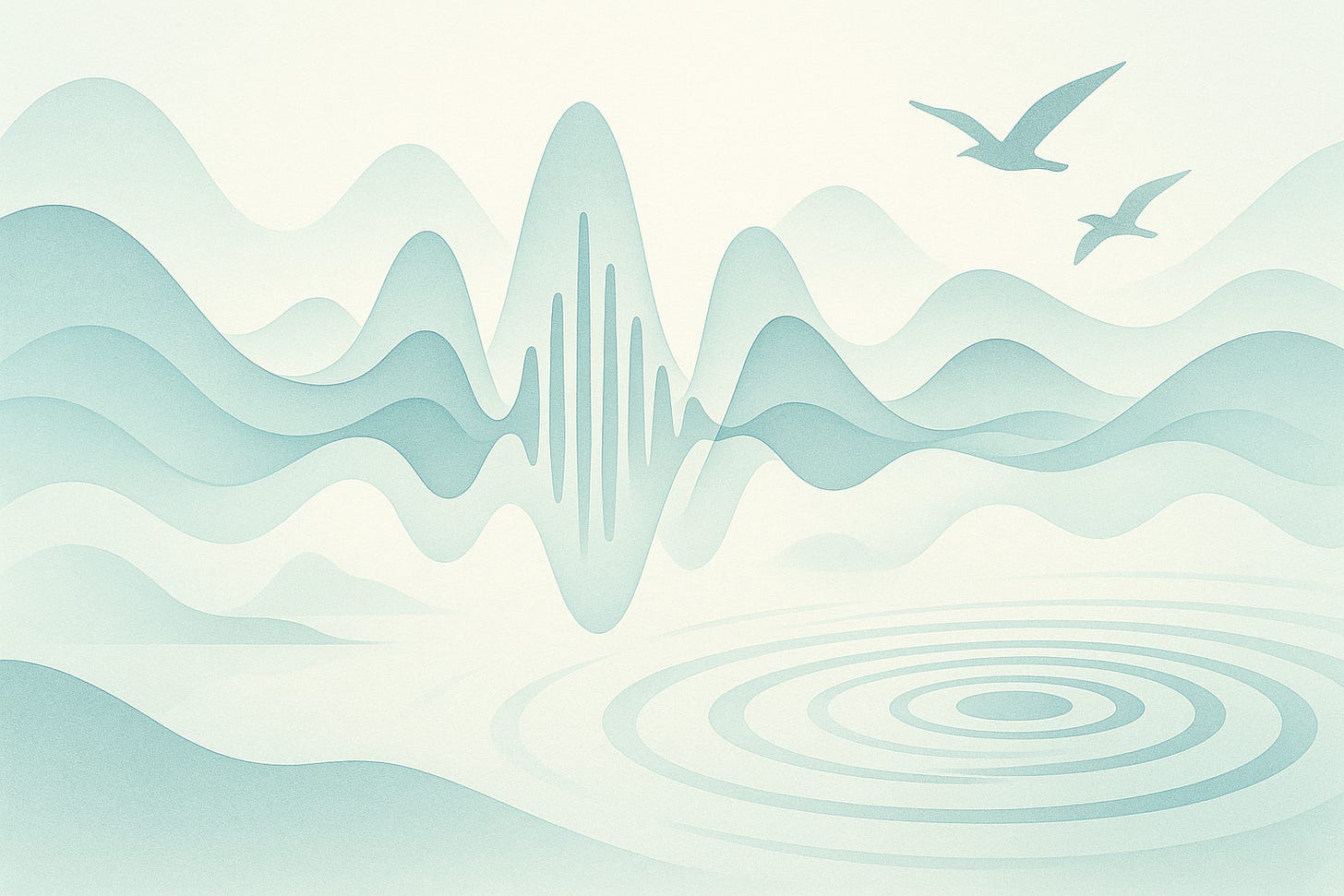Why the Right Sounds Really Do Matter (Sound Therapy & Why It Works)
Science—and experience—say the key is finding the sounds that help you relax, not just the ones that are trending.
Finding the best way to relax or focus is a personal puzzle.
That’s clearer than ever to me, from daily routines and through guides I’ve written that people actually use.
If you’re curious how sound changes your mood, or which types work best, here’s what I’ve picked up after plenty of trial, error, and a little research.
It’s all about which sounds help you most
My first go at a sound bath didn’t send me into zen mode.
I actually felt more on edge. Turns out, lots of people have mixed results with those deep, droning tones.
One study found that Tibetan singing bowl meditations can cut tension and boost well-being, but not everyone gets the same results.
It’s even stronger for people who are new to this type of sound.
What’s worked better for me? Quieter things—rain falling, birds in the morning, gentle water.
Some hospitals use nature sounds to help patients relax before tough procedures.
I noticed that same “slowdown” effect at home. Try anything that instantly feels soothing. If a sound leaves you tense, skip it.
“Effects of Singing Bowl Sound Meditation on Mood, Tension, and Well-Being”
Read the full study here.
Binaural beats: cool idea, your mileage may vary
Those playlists with slightly different tones for each ear, also called binaural beats, are supposed to help you chill out or focus.
I tried some for a writing assignment. Sometimes, I locked in. Sometimes, nothing happened.
That actually matches a big meta-analysis showing binaural beats can make a difference for some people’s focus, pain, or anxiety.
For others, it’s neutral. Sometimes it depends on the frequency and how you’re using them.
If you’re curious, give them ten minutes and see how you feel. If your brain tunes in, great. If it doesn’t, there’s no loss.
“Efficacy of Binaural Auditory Beats in Cognition, Anxiety, and Pain Perception: A Meta-Analysis”
See the research here.
Vibroacoustic therapy is sounding less strange
This is low-frequency sound you actually feel, not just hear. The concept sounded unusual at first, but I’ve noticed it turning up in pain clinics.
Some places use it for anxiety or breathing support in patients.
I haven’t done a full clinic version, but using a simple pillow speaker for low notes before bed was pretty calming.
A review in 2022 looking at adult pain found promising results overall, though it’s still early. If you ever get the chance, it’s worth testing for yourself.
“Exploring Vibroacoustic Therapy in Adults Experiencing Pain”
See the review here.
The real expert is you (really)
I’ve tried the playlists, the apps, and I’ve read the studies. There’s no single best track for stress, sleep, or pain. What chills me out could totally bother you, and vice versa.
Keep experimenting. Pick the sounds that help you breathe deeper or unclench your shoulders, whether that’s rainfall, favorite music, or just plain quiet. Adjust until something feels right.
There’s plenty of science, but most of it points to one truth.
Nobody’s experience is wrong.






I love music. It rarely takes me down, it often picks me up. It constantly makes me feel better.